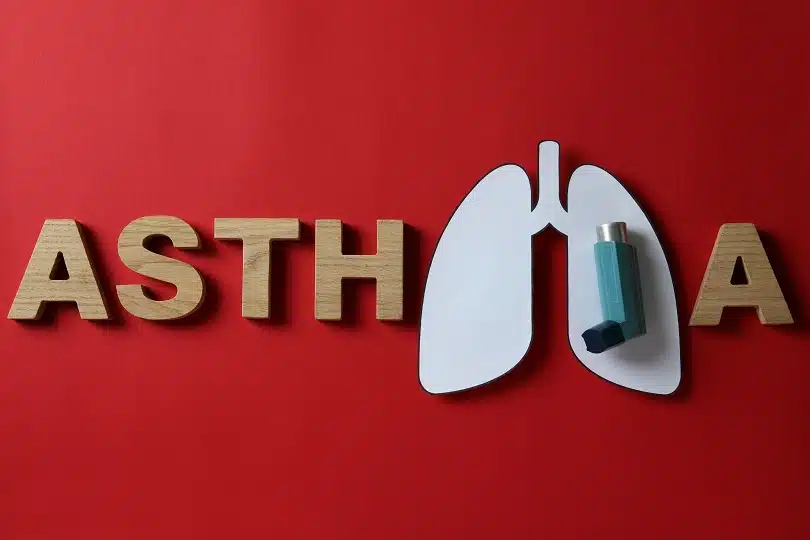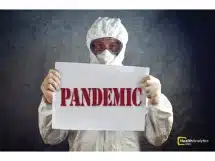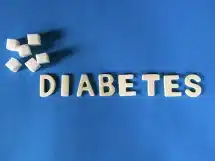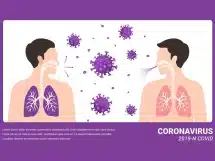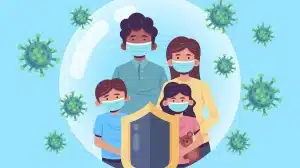Online search trends throw light on the concerns of asthmatic patients during the ongoing COVID-19 pandemic. We interview Dr. Sanjukta Sengupta, a Public Health Specialist to address these concerns and provide general guidance for asthmatic patients during these times.
By Anuja Venkatachalam and Dr. Shriya Raina
Monitoring online search trends during a public health crisis can be effective in addressing the information needs of the public, and tackling misinformation.
Asthma, a chronic respiratory illness that affects 339 million people worldwide, and children disproportionately; garnered public attention recently after data released by New York state showed the disease was not dominant among COVID-19 patients. This is contrary to empirical evidence to the Centers for Diseases Control and Prevention’s identification of Asthma as a risk factor for COVID-19.
Asthma as a risk factor for COVID-19
The World Health Organization currently does not list Asthma as a risk factor for COVID-19, but asthmatic patients report taking additional precautions as the virus directly affects the respiratory system, which is compromised in chronic respiratory illness such as Asthma.
Mr. Shibayan Raha, a resident of Bir who has been managing asthma for 36 years said, “When the virus outbreak happened, the first thing was that people with existing health problems should be careful. Especially, people with breathing problems as the virus hits the lungs. As an asthmatic patient, my lungs are already weak. I get breathless easily, so I have to be very careful.”
Whether Asthma is a risk factor or a protective factor for COVID-19 became a popular search on Google Trends after a study published in the Journal of Allergy and Clinical Immunology hypothesized that asthmatic patients might be at a lower risk due to low levels of ACE-2 expressions measured in a sample of 318 children and 47 adults diagnosed with Asthma.
ACE-2 expressions are more dominant among hypertension and diabetes patients which places them at high risk for severe illness from COVID-19.
Addressing this, Dr. Sanjukta Sengupta, stated “This was established by one study at the University of Wisconsin in Madison after earlier observation in the Chinese population. The study finds that it is true only for allergic asthma and not others, which translates to around 70-90% of asthmatic children and 50% of asthmatic adults.”
Precautions for asthmatic patients
Irrespective of the ambiguities in the risk assessment of Asthma for COVID-19, there is consensus that asthmatic patients must take additional precautions, particularly to avoid asthmatic attacks that mandate hospital visits.
Dr. Sengupta suggests, “Asthma patients should take their medications regularly and keep it well controlled. They should keep at least 30 days’ stock of medications, especially SABA and ICS given the delays in the delivery of medicines in the current situation. For moderate to severe exacerbations, they should contact their physicians immediately. It is also good to have a nebulizer and respules handy at home.”
Mr. Raha received similar advice from his local pharmacist, “I used to use my inhaler once every few days but after the pandemic, my pharmacist advised me to take it every day as a precaution to avoid getting breathless at night. If I have an attack, I might have to a hospital to get an injection, and the nearest hospital is at least 40 minutes away.”
In addition to having access to medication and inhalers, asthmatic patients must adhere to the general social distancing and personal hygiene practices recommended by the World Health Organization.
Being mindful of one’s triggers, particularly stress which is a common trigger for asthmatic attacks is also essential. Dr. Sengupta recommends doing breathing exercises or Pranayama for 15 mins every morning and evening to manage stress.
Risk of using masks for asthmatic patients
In June, the World Health Organization confirmed that masks can reduce the risk of infection substantially. However, online search trends indicate that there is apprehension among asthmatic patients about using masks as it might cause breathing difficulties.
Addressing their concern, Dr. Sengupta said, “Asthma patients should wear a mask. It will reduce exposure to the inhaled triggers of asthma in addition to reducing contact with SARS-CoV-2. They can choose any well fitted 3 layered, cotton mask that washable and allows easy breathing across it. One can easily make these at home. For moderate to severe cases, they could avoid going outside their homes and if they work and it requires that they wear a mask, they should speak to their employers to allow frequent breaks.”
Risk of using corticosteroids inhalers
A recurring concern among asthmatic patients that surfaces online is the safety of using inhalers during COVID-19, as corticosteroids present in inhalers are immunosuppressive.
Dr. Sengupta clarifies that “Inhaled corticosteroids are a very minuscule fraction of the dose taken orally and delivered directly in the airways and has no systemic effect. It is such a small dose that it does not lead to immunosuppression. In fact, the asthma patients are advised to take medicines regularly and keep their asthma under control, including Short and Fast Acting inhalers (SABA) and Inhaled corticosteroids.”
Differentiating between Asthma and COVID-19 symptoms
Breathlessness caused by Asthma could potentially be mistaken as a COVID-19 symptom. Asthmatic patients experiencing breathlessness are advised to check for other, more common symptoms of COVID-19 which include fever, dry cough, and tiredness.
Asthma alone typically does not cause fever unless it is accompanied by a respiratory infection, or muscle and joint symptoms typical in COVID-19. Moreover, while experiencing breathlessness, asthmatic patients often wheeze and feel tightness in the chest, which is atypical in COVID-19 patients.



